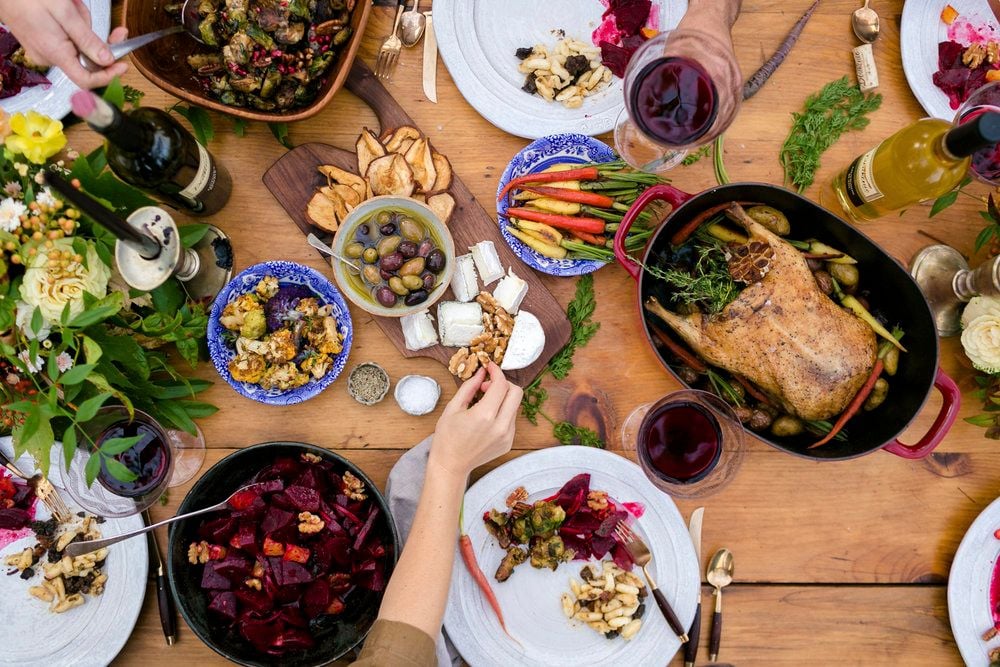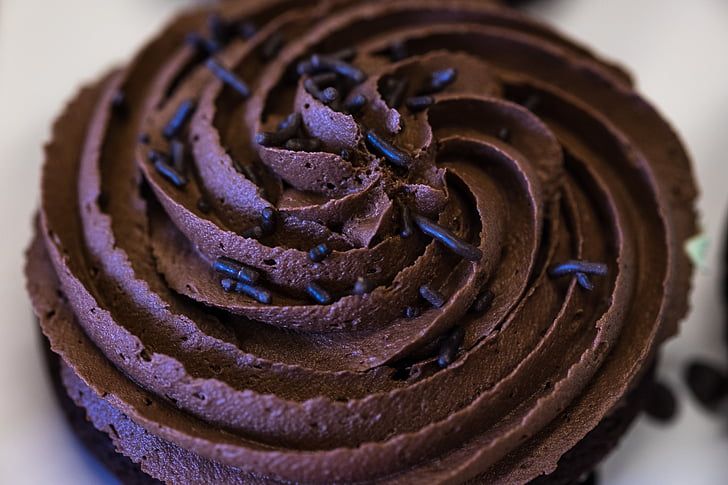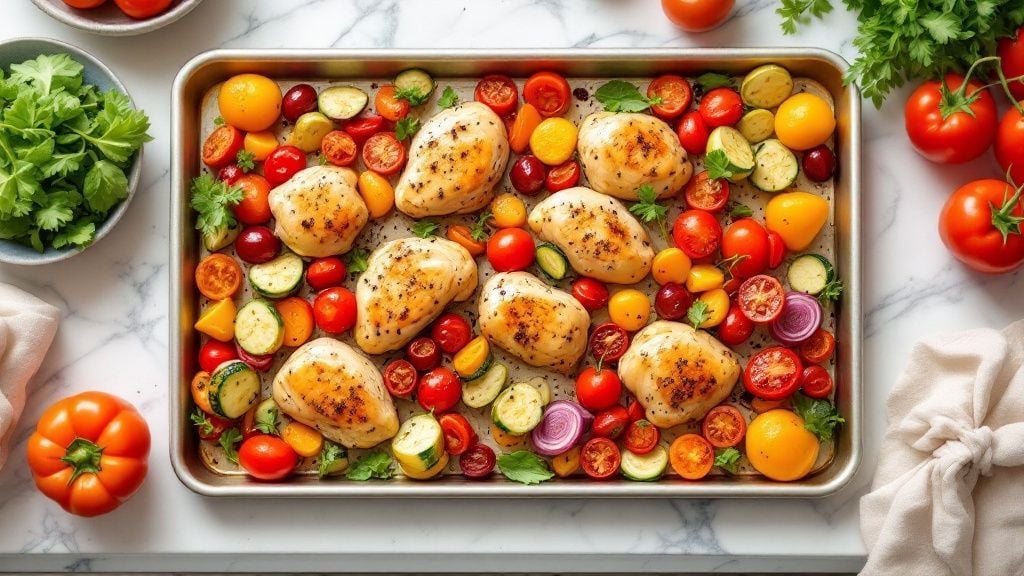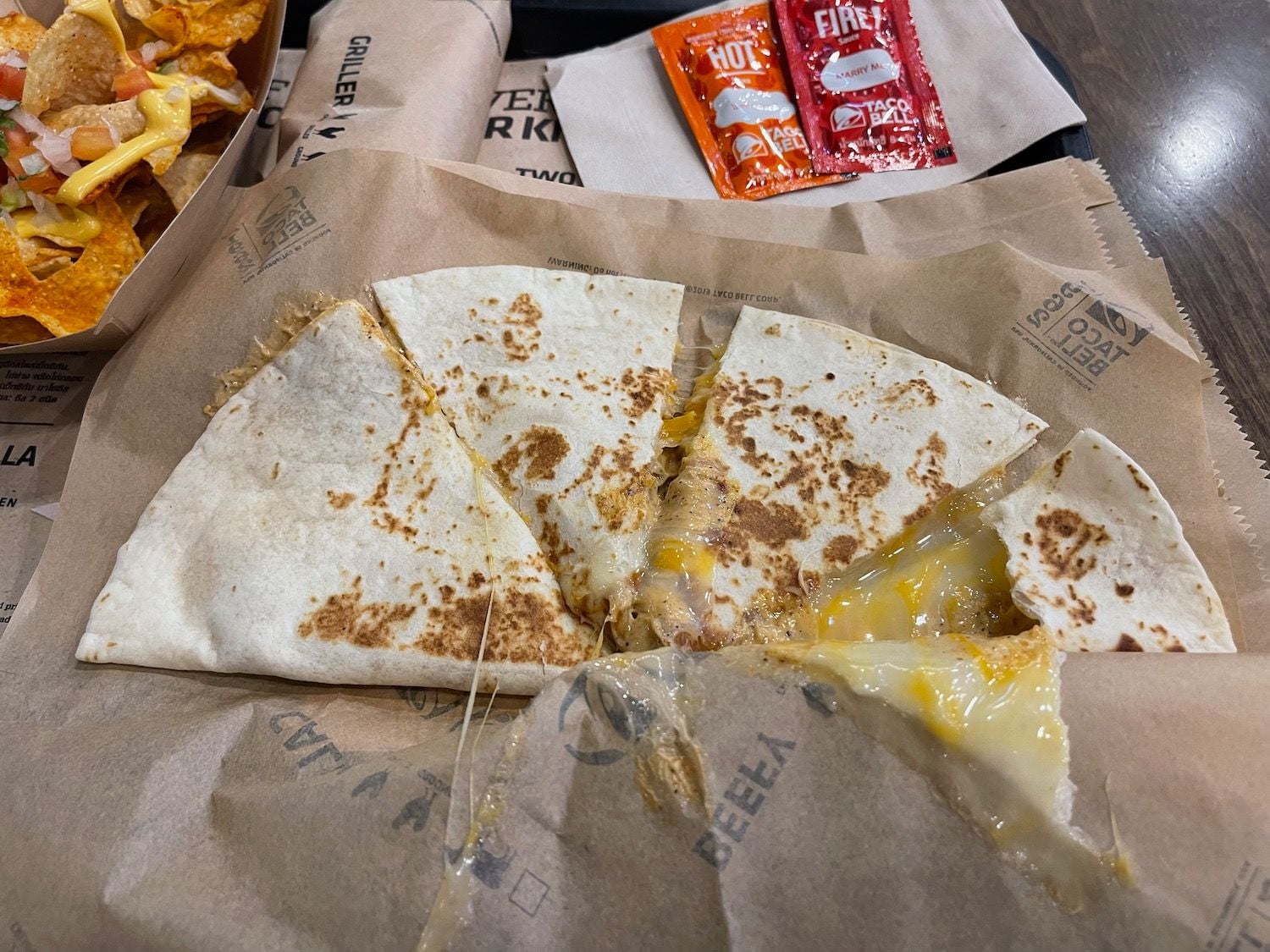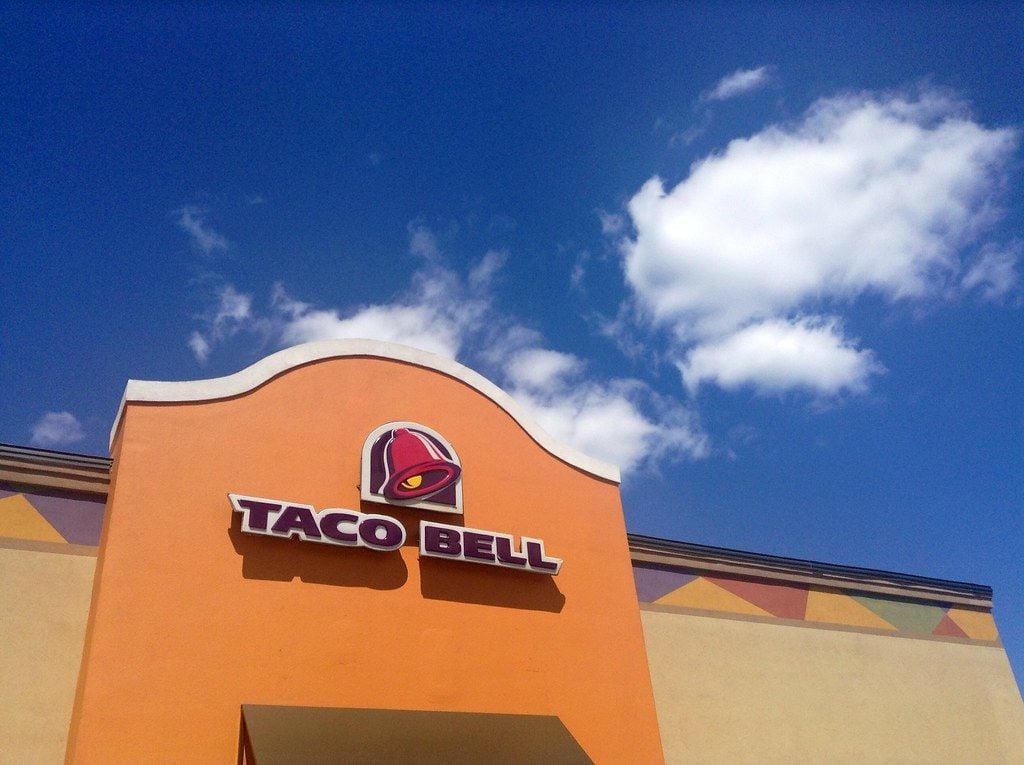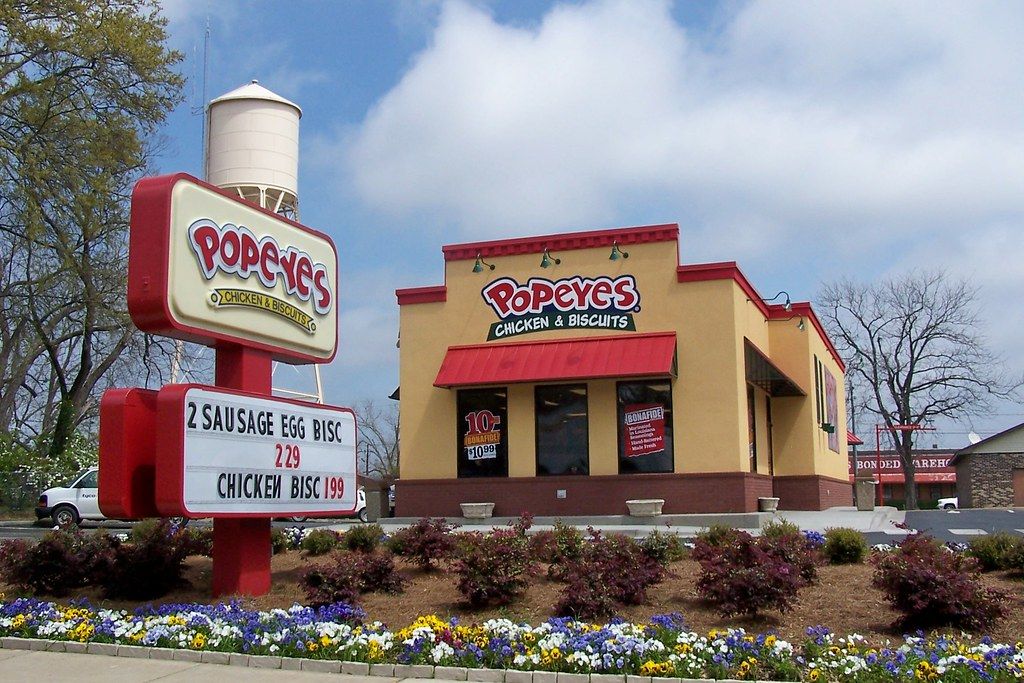
The Great Debate: Beer versus Malt Liquor
- Aug 29, 2024
Once you engage a beer enthusiast in a conversation on their preferred IPA or the nuanced distinctions between Citra and Galaxy hops, prepare for an enlightening discourse. However, switch the topic to malt liquor preferences, and you might be met with a shrug. This raises an interesting query: if beer and malt liquor are often packaged alike, exhibit similar appearance, and are at times marketed identically, what sets them apart?
According to Jared Rouben, brewmaster of Moody Tongue Sushi in New York City and Moody Tongue Brewing Company in Chicago, the differences are more intrinsic. He explains, "The main variation between beer and malt liquor lies in the ingredients chosen during brewing. Traditional beer includes malted grain, hops, and yeast to create the final product. Conversely, malt liquor typically includes similar components but also relies on corn, rice, and dextrose extracts for its enhanced alcohol content and for a sweeter flavor profile.”
Given their ingredient list - grain, hops, water, yeast - many malt liquor brands are viewed as a distinct subset of beer rather than something entirely dissimilar. However, from a legal perspective, beer is often considered a subcategory of malt liquor, with many states recognizing malt liquor as any alcoholic beverage brewed from fermented grain juice.
U.S. Bureau of Alcohol, Tobacco and Firearms classifications broadly term drinks made from common beer ingredients as "malted beverages". However, state-by-state guidelines show variation in what qualifies as a “malt liquor", usually linked to the beverage's alcohol-by-volume (ABV). This fact contributes to the blurred lines distinguishing beer from malt liquor.
The introduction of high-sugar levels and sugar-rich adjuncts like rice and corn (which convert to sugars during brewing) allow traditional malt liquor to present a higher alcohol-vol_ume – often hovering between 5-12% ABV or higher. Apart from delivering more alcohol during fermentation, these added sugars produce a mellower flavor that softens the general bitterness of the limited hops involved in malt liquor production.
This isn't to say that beer can't be sweet. A plethora of fruit-enriched beers and summer shandies exist, and brews like Moody Tongue's Caramelized Chocolate Churro Porter and the Orange Blossom Belgian Blonde validate this. However, malt liquors often exhibit an amplified sweetness of a distinct level and character.
The amplified sweetness of malt liquor may enhance its solitary drinking experience, but it can also complicate pairing with food. Rouben explains, “Beer offers more pairing flexibility due to its diverse flavor and aromatic profiles, primarily stemming from a variety of hops and yeast strains. Malt liquor usually incorporates minimal hops, and its sweet taste can overwhelm one’s palate, making it difficult to pair with anything beyond dessert.”
The sweetness of malt liquor can, however, be balanced with savory and salty foods, paralleling the pairing of Sauternes with foie gras or Port wine with blue cheese.
One area where malt liquor maintains an edge is in its pricing. As Rouben remarks, "While price differences exist between producers, malt liquors often come at a lower cost. The reasons behind this include cheaper fermentation adjuncts compared to malted grains and the reduced usage of hops, an item that has seen a significant price increase over the last decade or so."

